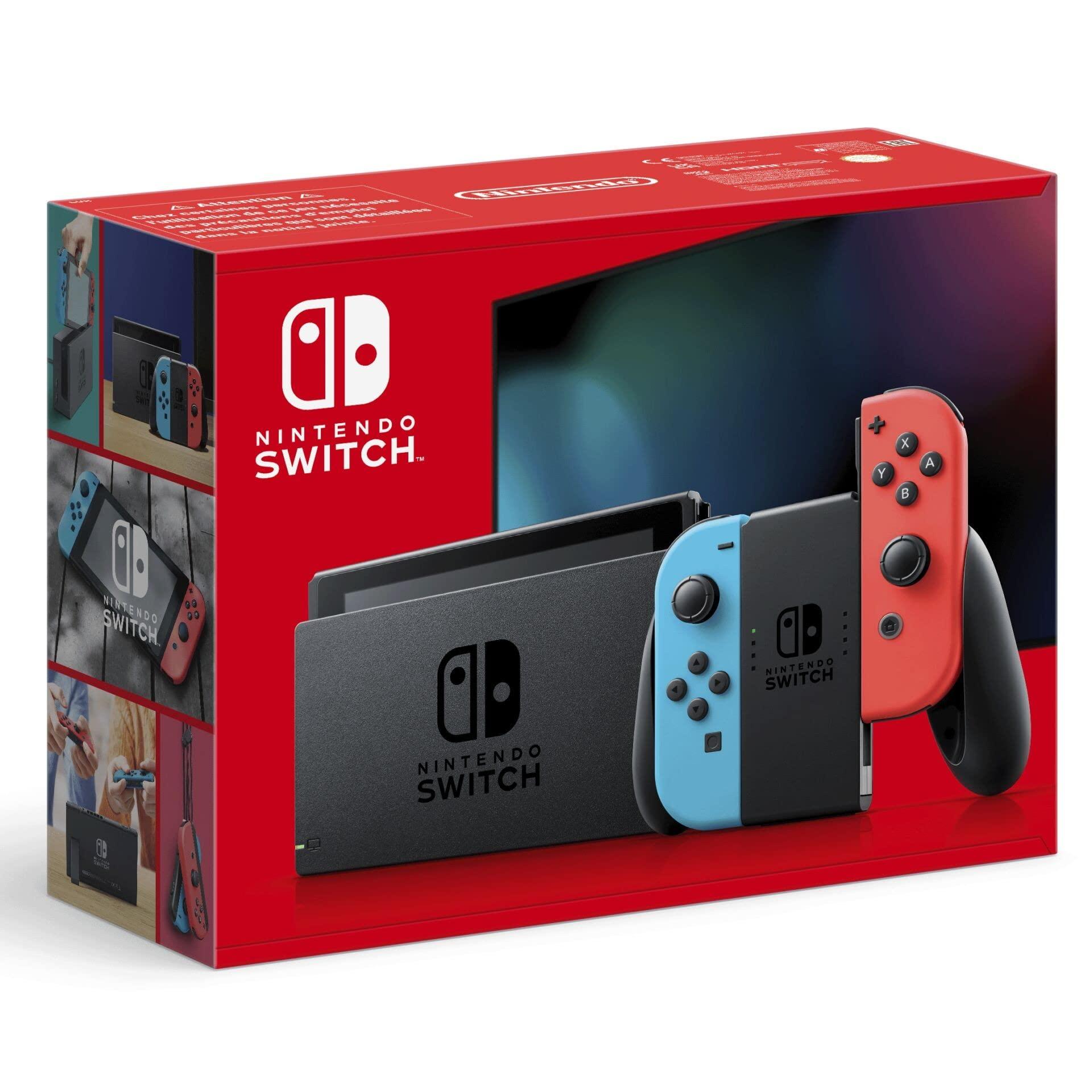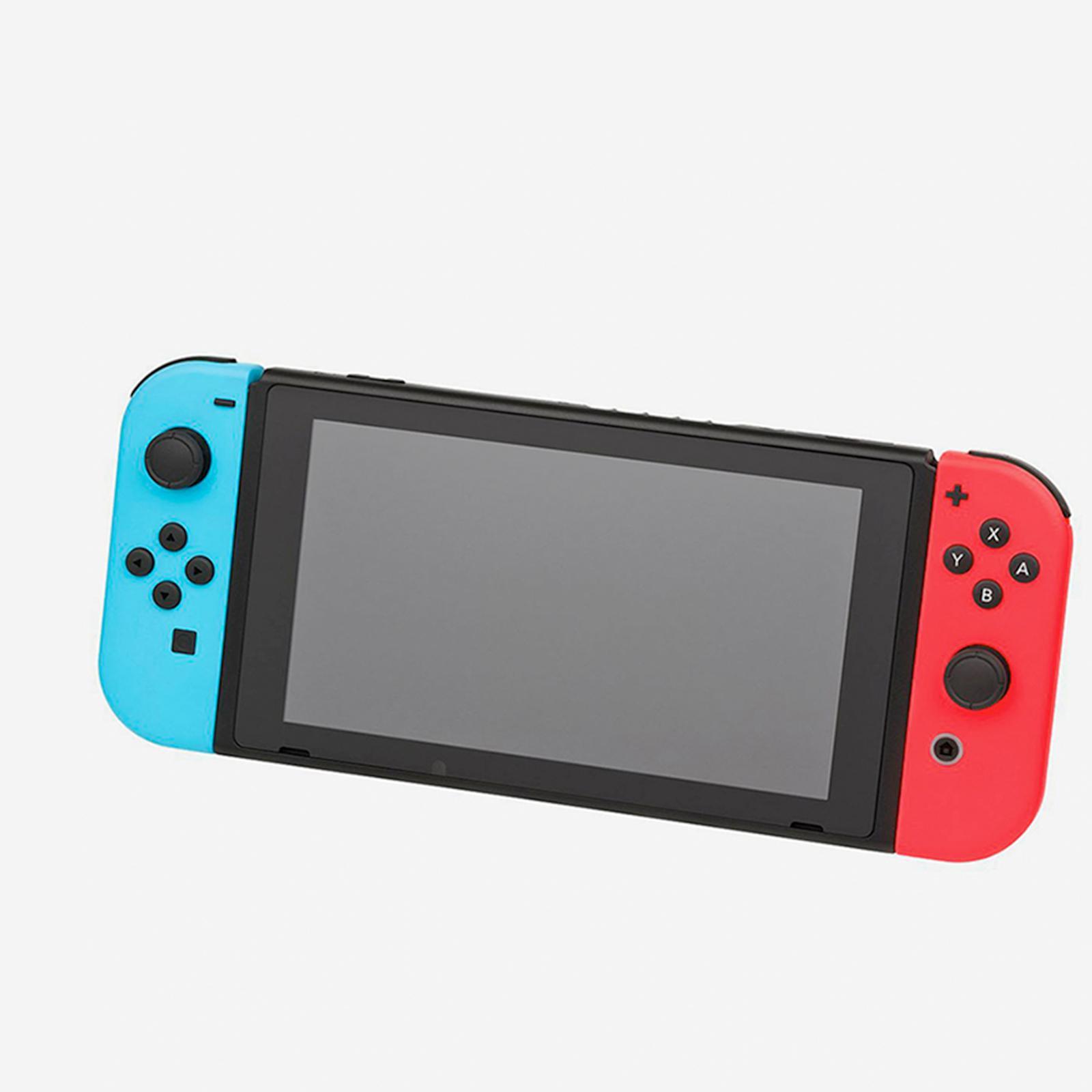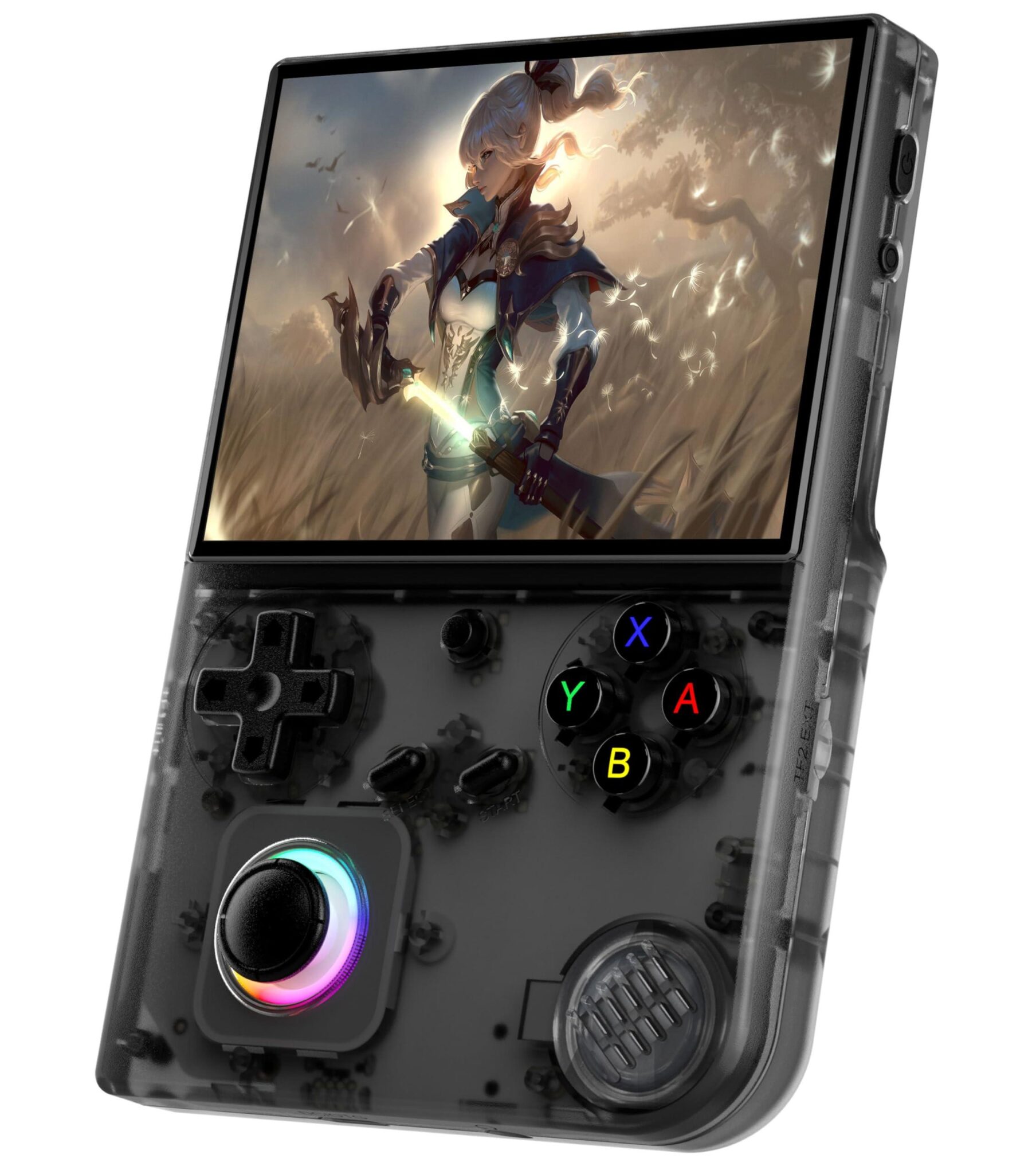In a groundbreaking move, Nintendo is shaking up the gaming landscape with a revolutionary new system that promises to transform the way we experience and share digital games. The iconic gaming giant has announced an innovative feature that allows players to effortlessly share their favorite digital titles between the Nintendo Switch and the highly-anticipated Switch 2 console. This exciting development has left the gaming community buzzing, as the possibilities for expanded gameplay, social sharing, and seamless transition between consoles seem endless. In this article, we’ll take a closer look at Nintendo’s bold new initiative and what it means for the future of gaming on the Switch and Switch 2.
Sharing Digital Games Across Platforms
A Revolutionary Gaming Experience Across Nintendo Devices
With the announcement of Nintendo’s groundbreaking system, gamers are no longer limited to playing their digital games on one device exclusively. This innovative feature is set to bridge the gap between the Switch and Switch 2, providing an effortless way to share digital games across platforms. By doing so, it opens up endless possibilities for gamers to discover and play their favorite games on multiple devices. The system is designed to be user-friendly, allowing players to seamlessly share games between their devices.
The implications of this system are vast, catering to a wide range of gaming needs and preferences. Here is what this could mean for gamers:
Increased flexibility: Share games with family members or friends and enjoy playing together.
Convenience: Access your library of games on both the Switch and Switch 2 devices without having to repurchase.
* Flexibility in gaming: Switch between gaming on the go with the Switch or enjoy an immersive gaming experience with the Switch 2.
| Device | Sharing Capability | Additional Notes |
|---|---|---|
| Switch | Allowed | Suitable for on-the-go gaming experiences. |
| Switch 2 | Allowed | Ideal for a more immersive gaming experience. |

Evolution of Nintendos Digital Distribution Model
The gaming giant has made several significant changes to its digital distribution model over the years, pushing the boundaries of what can be achieved in the digital gaming space. One of the most notable shifts came with the transition from the Wii to the Wii U, where Nintendo finally adopted a more digital-focused approach. The Wii U, in fact, allowed users to purchase and download games directly from the Nintendo eShop, rather than relying on physical copies. The Nintendo Network ID system, introduced in 2012, also marked a key milestone in Nintendo’s digital transformation, as it enabled users to access and manage their digital content across various platforms.
The Switch, which was first launched in 2017, further expanded on this concept. Nintendo’s hybrid console marked a distinct shift towards a more digital-centric future, allowing users to seamlessly switch between physical and digital copies of games. This flexibility was largely made possible by the introduction of the Nintendo eShop, which granted users instant access to a vast library of digital titles. The eShop’s influence can be further seen in the following table:
| Digital Storefronts Launched by Nintendo | Year Launched |
|---|---|
| Nintendo DSi Shop | 2009 |
| Nintendo eShop (Wii U) | 2012 |
| Nintendo eShop (Nintendo 3DS) | 2011 |
As Nintendo expands its digital ecosystem, we’re also seeing more ways for users to manage and share their digital collections. Household management systems, for example, are allowing users to create home networks, where they can share games and other digital content with family members. With the new system’s focus on game sharing, here’s what we can expect to see more of:
- More flexible library management: Users will have more control over their digital libraries
- Seamless game sharing: Players can share digital games with friends and family
- Cross-platform compatibility: Games can be shared and accessed across multiple devices

How the New System Will Benefit Players
With this innovative sharing feature, players will no longer have to worry about multiple purchases. They can simply share digital games with friends and family, expanding their gaming libraries without breaking the bank. This new system will foster a sense of community, encouraging users to share their favorite titles with others.
Key Benefits of the New System
- Increased Flexibility: Players can access shared games on the go, without needing to physically carry a game card or worry about availability.
- Convenience: No more swapping game cards or waiting for downloads – simply access the shared game library and start playing.
- Cost-Effective: Reduce the need for multiple purchases and enjoy more games without the financial burden.
| Sharing Method | Benefits |
|---|---|
| Game Sharing on Switch | Share digital games with fellow Switch players, making it easy to access a wide variety of games. |
| Game Sharing on Switch 2 | Take advantage of the latest console’s features and enjoy shared games with improved performance and graphics. |

Digital Game Sharing Restrictions and Limitations
While the new game sharing system brings numerous benefits, there are some notable restrictions to consider. For instance, not all digital games will be shareable, and some titles may have specific requirements or limitations. To shed more light on these restrictions, Nintendo has announced the following:
- Games with online multiplayer components may require a separate subscription or purchase for each shared game.
- Certain titles may have time limits for shared gameplay, while others might have limited shared play sessions.
- Some games may not be shareable at all, such as those with server-based multiplayer components or games that rely on cloud services.
Nintendo has also outlined the specific details of the game sharing system, which can be summarized in the following table:
| Game Type | Sharing Limitations |
| Single-player games | No limitations |
| Games with local multiplayer | Shared gameplay available for local co-op |
| Games with online multiplayer | Requires separate subscription or purchase for each shared game |
Nintendo Switch and Switch 2 Compatibility Explained
Nintendo has designed both the Switch and Switch 2 to be compatible with a wide range of games and accessories. The company’s goal is to provide a seamless gaming experience across both consoles, allowing players to enjoy their favorite titles without worrying about compatibility issues. In terms of games, both the Switch and Switch 2 will support the same library of digital titles, including popular games like The Legend of Zelda: Breath of the Wild, Super Mario Odyssey, and Mario Kart 8 Deluxe.
As for compatibility, the following list highlights the key details:
- Both Switch and Switch 2 consoles support all digital games, including indie titles and AAA releases.
- Players can share digital games between the two consoles using a single Nintendo account.
- Some games may not be compatible with older or newer hardware, but the majority of the library will work on both systems.
- The Switch 2’s enhanced hardware will allow for improved performance and graphics in certain games.
Nintendo also plans to support cross-save capabilities between the two consoles, allowing players to pick up where they left off on either device. The table below highlights the key differences in hardware and performance between the Switch and Switch 2:
| Specification | Nintendo Switch | Nintendo Switch 2 |
|---|---|---|
| Processors | NVIDIA Tegra X1 | NVIDIA Tegra X1+ |
| RAM | 4 GB | 6 GB |
| Storage | 32 GB (expandable) | 128 GB (expandable) |
The increased storage capacity and improved processors of the Switch 2 will enable developers to create more complex and immersive gaming experiences.
Impact on Game Developers and Publishers
The introduction of a digital game-sharing feature on the Nintendo Switch and Switch 2 is expected to significantly impact game developers and publishers. On one hand, game developers will have the opportunity to reach a wider audience and build a loyal fan base. Players who receive shared digital games may be more likely to purchase additional games from the same developer or purchase future titles in a series.
However, there are also potential drawbacks to consider. For instance, game developers and publishers may experience a decrease in game sales, as players opt to share digital games instead of purchasing them outright. The following are some potential ways that game developers and publishers can mitigate this risk:
- Offer in-game purchases or DLC (downloadable content) to increase revenue.
- Implement anti-sharing measures, such as time-limited or single-use content.
- Cultivate a sense of community around their games, encouraging players to share their experiences and inviting new players to join in.
Game developers and publishers may also need to adapt their business models to account for the new digital game-sharing feature. This could involve adjusting their pricing strategies or exploring new revenue streams. Some examples of alternative revenue streams include:
| Alternative Revenue Streams | Description |
|---|---|
| Subscription-based services | Offer exclusive content or early access to subscribers. |
| Sponsored content | Partner with brands to create sponsored content or product placements. |
| Licensing fees | Charge other companies for the right to use their IPs or characters. |
A well-thought-out strategy will be crucial for game developers and publishers looking to thrive in a market where digital game sharing is available.
The Future of Digital Gaming on Nintendo Consoles
The latest innovation in digital gaming is set to revolutionize the way players interact with their favorite games on Nintendo consoles. With the introduction of this new system, gamers can now share and swap digital games with friends and family more easily than ever before. But what does this mean for ?
This new system is expected to bring about a number of benefits for players, including increased flexibility and convenience. For example, players will be able to share games across different consoles, including the Switch and the rumored Switch 2. This will make it easier for players to access their game libraries, regardless of which console they are using. Here are a few ways that this new system could shape :
- Increased emphasis on digital game sharing and community building
- More flexible and convenient access to game libraries
- Greater compatibility between different Nintendo consoles
- New opportunities for indie game developers and smaller studios
| Console | Key Features |
| Switch | |
| Switch 2 | Improved hardware, enhanced graphics, increased storage |
Gaming Library Management Made Easy
Nintendo has taken a significant step towards revolutionizing the way gamers manage their digital libraries. The new system, designed for seamless game sharing, allows players to effortlessly share their digital games between Switch and Switch 2 consoles. This innovative feature is set to transform the gaming experience, providing an unparalleled level of convenience and flexibility.
The key benefits of this system include:
- Game Sharing Made Easy: Players can now share their digital games with friends and family, without the need for complicated setup processes or restrictions.
- Multi-Console Compatibility: Games can be shared and played across both Switch and Switch 2 consoles, providing a unified gaming experience.
- Digital Library Management: The system allows for easy organization and management of digital game libraries, making it simple for players to access and share their games.
| Switch | Switch 2 | |
|---|---|---|
| Game Sharing | Supported | Supported |
| Multi-Console Compatibility | Supported | Supported |
Cross Generation Digital Game Sharing
Breaking Down Family Gaming Barriers
Imagine a scenario where you can share your favorite digital games with your kids, siblings, or even the elderly in your family, without having to worry about the technicalities of user accounts or multiple console requirements. With the new system announced by Nintendo, families can enjoy a seamless gaming experience across different Switch consoles. The system is designed to facilitate cross-generation digital game sharing, allowing users to share their games with family members, regardless of which Switch model they use. This feature is particularly useful for families with multiple Switch consoles, or those who are planning to upgrade to the new Switch 2.
Compatible Consoles and Games
| Console | Compatible Games |
|---|---|
| Nintendo Switch | Mario, The Legend of Zelda, Pokémon |
| Nintendo Switch 2 | All games available on Nintendo Switch, plus exclusive titles |
The new system allows users to share their digital games across both Switch models, with some restrictions on certain game titles. For instance:
Older games may not be compatible with the Switch 2 console
Exclusive titles on the Switch 2 may not be shareable with the original Switch console
* Some games may require additional downloads or updates to be compatible with both consoles
Digital Game Ownership and Licensing Explained
Digital game ownership and licensing have long been a topic of debate among gamers. With the rise of digital storefronts and game distribution platforms, the concept of owning a game has become increasingly complex. At its core, digital game ownership revolves around licensing agreements between gamers and game developers or publishers.
When you purchase a digital game, you’re essentially buying a license to play the game, rather than owning the game outright. This license grants you permission to access and play the game, but it doesn’t give you the right to modify, share, or sell the game. The terms of this license vary from platform to platform, and even from game to game. Some platforms, like Steam, offer more lenient licensing terms, allowing gamers to share games through family sharing features. Others, like the Nintendo eShop, have stricter licensing policies that limit game sharing.
Gamers can enjoy different types of licenses in a few simple scenarios:
- Single license: A license that grants one gamer access to a game.
- Multiple license: Some games can be licensed to multiple gamers using services such as family sharing.
- Subscription license: A license that allows access to multiple games as part of a subscription service.
| Game License Type | Definition |
|---|---|
| Perpetual license | A license that allows the gamer to play the game without any time limits. |
| Subscription-based license | A license that grants access to the game as long as the subscription is active. |
These general licensing policies have allowed gamers to securely purchase and engage with digital content, reducing anxiety about their possible lost investments in the medium. Since we’re discussing this, remember that game licenses work quite similar to many other licensing models used with online multimedia, including some notable items that are the audio and ebook commercial digital distribution – which for most of its side often apply almost the same licensing model methodology.
In Summary
As the curtains close on this latest revelation, the gaming world is left abuzz with anticipation. Nintendo’s bold move to introduce a system that enables seamless digital game sharing across the Switch and its upcoming successor has undeniably flipped a switch (pun intended). Only time will tell if this gamble will pay off, but one thing is certain: the stage is set for an exciting new era in gaming. As we eagerly await the rollout of this feature and the unveiling of the Switch 2, we can’t help but wonder what other surprises Nintendo has in store for us. The wait begins, but for now, let the digital game-sharing revolution commence.










